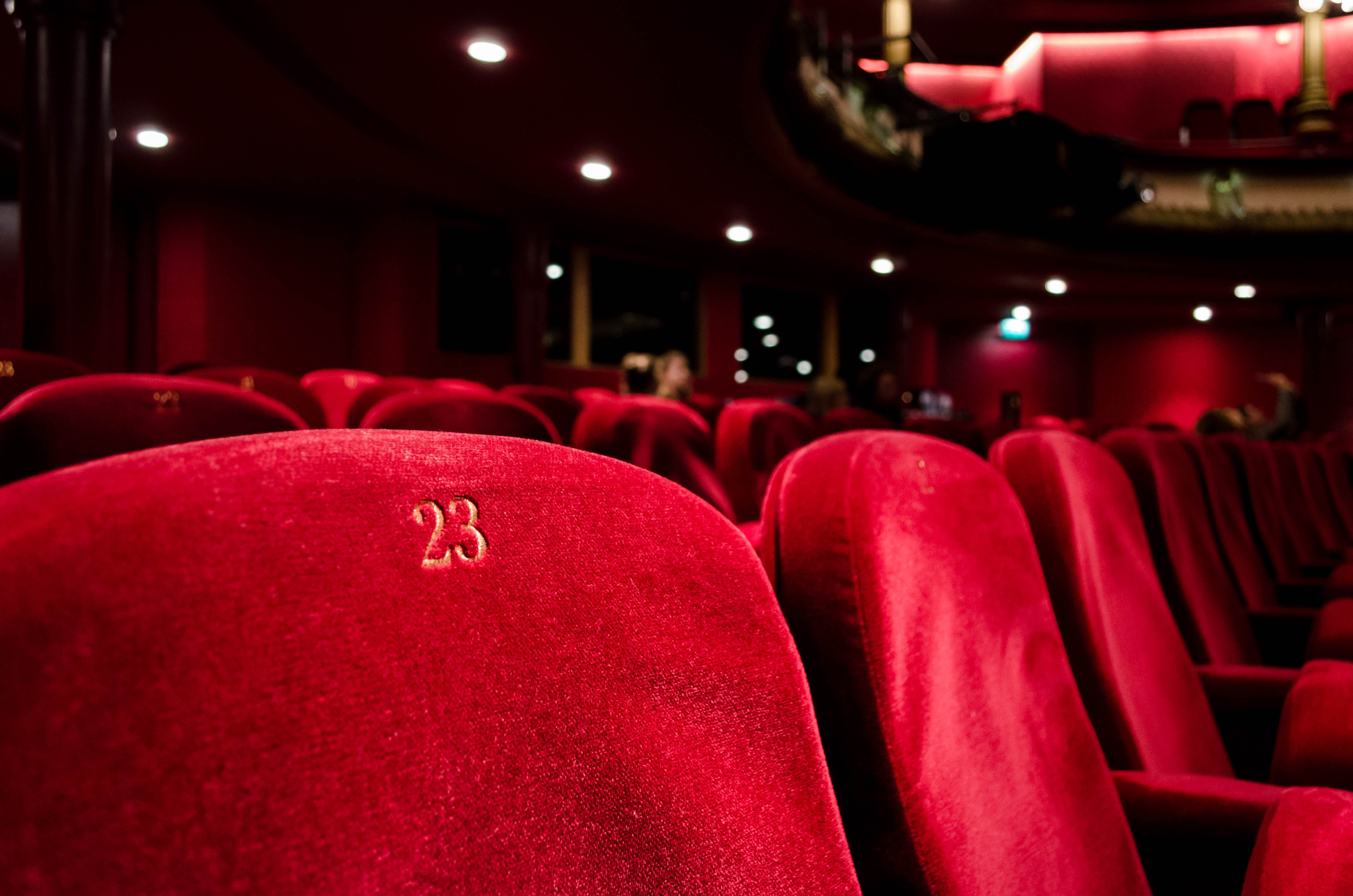Vienna is known for many things – its art, its culture, its food, its history, its buildings- throughout the world, but there is one main tourist attraction everyone thinks about, but hardly ever mentions in their accolade to the city: the Fiaker, the famous horse drawn carriages.
Having once been the primary means of transportation in Vienna, Fiakers are mainly used by tourists, but also feature in quite a few special celebrations (think milestone birthdays, opulent arrivals at events, or weddings) nowadays.
History of the Fiaker
As so many other good things, the story of the Fiaker first began in Paris.
As early as 1699 the Fiacre (a Hackney carriage, hung with Double Springs) has been mentioned in the Oxford English Dictionary. The name itself is derived from the Parisian Hôtel de Saint Fiacre, which started to rent out carriages from roughly the mid-17th century.
The Fiaker arrived in Vienna at the turn of the 18th century (1700: ~ 700 Fiaker) and became increasingly popular (1900: ~1.000 Fiaker) until their use sharply dropped after World War I.
Many of the carriage drivers (also called Fiaker, just as their vehicle) were real characters who were known throughout the city. Just as the gondoliers in Venezia, the Viennese Fiaker driver often doubled as singer and entertainer. But despite their renowned boisterous nature, those coachmen were renowned for their utmost discretion, a character trait that was very much appreciated by many a gentleman who was amusing himself with his paramour in the back of the carriage.
And sometimes, the Fiaker drivers came to historical fame: for example Josef Bratfisch, the royal coachman of Crown Prince Rudolf, who, on a fateful night in 1889, brought the prince’s lover Mary Vetsera to Mayerling castle – where they both found a tragic end in circumstances that have not been completely unraveled and understood to this day.
The Fiaker in Music
As we have mentioned before, many of the coachmen were real characters and well known for their deadpan, wry humour as well as their famous songs.
It is little wonder, then, that the Fiaker did play quite the role in Vienna’s music. The quintessential Fiaker driver has, for example, been made immortal with the famous Fiakerlied (engl: Fiaker -Song) by Gustav Pick, while a popular female singer of the time who had been married to a Fiaker driver, has been payed homage to in the character Fiakermilli in Richard Strauss’s opera Arabella.
The Fiaker as Part of Vienna’s Coffee Tradition
One of Vienna’s traditional coffee specialities, a Mocca (a shot of coffee similar to an espresso) with rum or cognac and whipped cream served in a glass mug), is named after the famous Fiaker.
Why? Because the coach drivers had to hold onto their horses with one hand while sipping coffee – and so they used glasses with handles in order to not burn their fingers on hot cups.
The Fiaker in Contemporary Vienna
Fiaker tours are some of Vienna’s most touristy past-times, but that doesn’t mean that locals don’t treat themselves to a drive every once in a while.
Nowadays, around 100 Fiaker carriages wait for customers at designated stands (Stephansplatz, Michaelerplatz, Albertinaplatz, Petersplatz and Burgtheater/Volksgarten, as well as at the Zentralfriedhof, the Vienna Central Cemetery), many of which are still using truly historic carriages. Prices vary greatly, but range from €55 for the shortest tours (roughly 20 minutes) up to €600 for a truly special culinary sightseeing experience including a personal butler. You can also book individual sightseeing tours directly through the Fiaker companies.
A list of all currently operating Fiaker companies can be found here (page in German).




